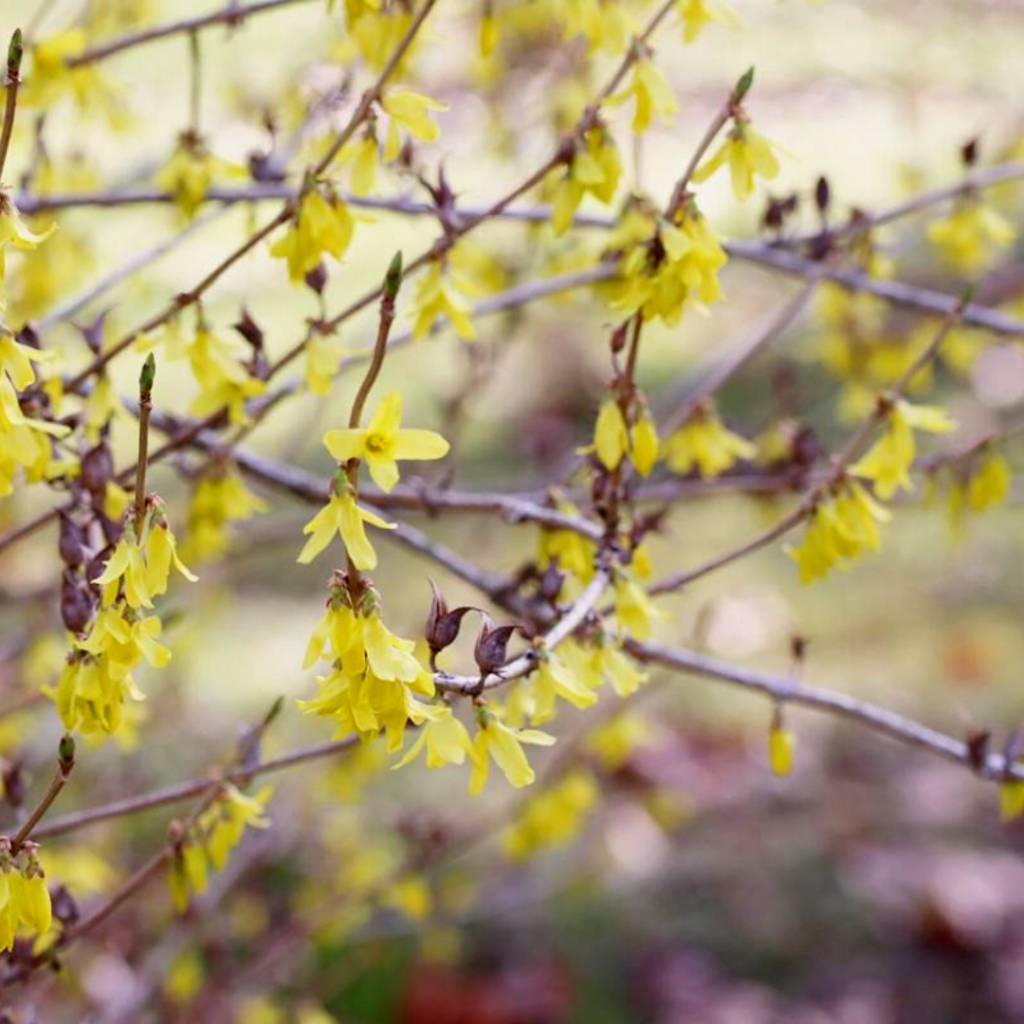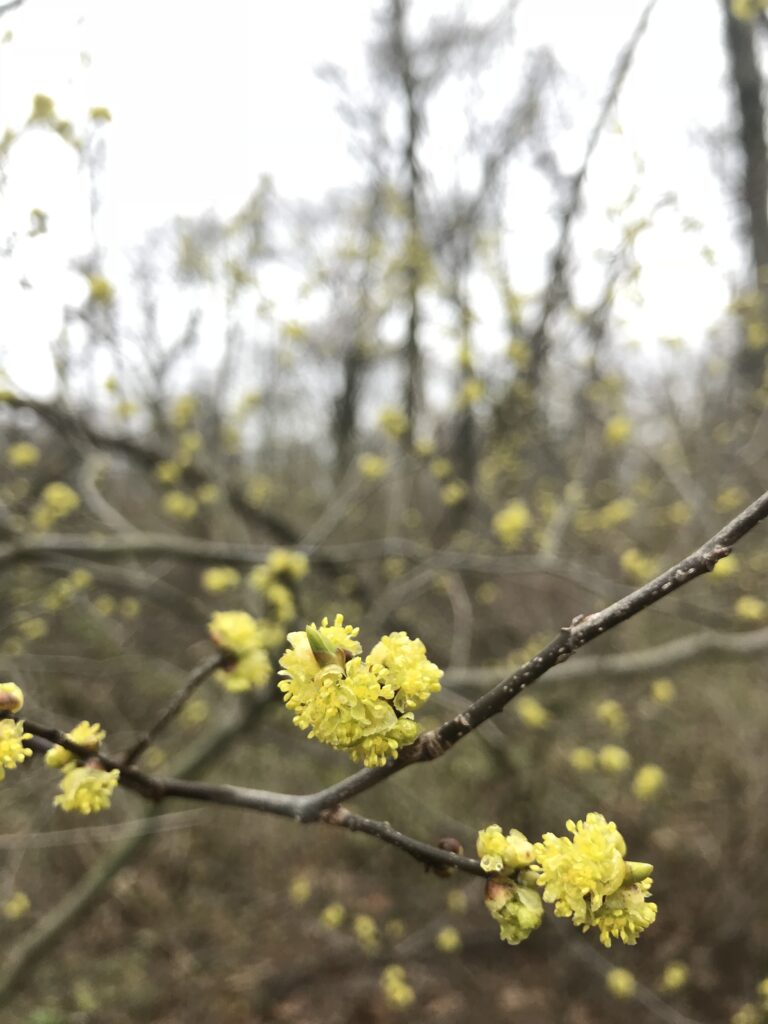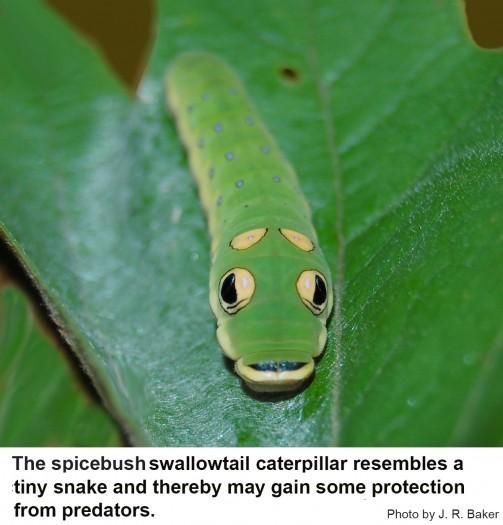Spicebush replaces Forsythia as a harbinger of Spring! Makes a great title even if it is a bit of a misnomer. Spicebush has been around for quite some time and because of that, it does so much more than make a seasonal privacy fence.

Forsythia’s Rise in Popularity
Now many of you may be wondering how did Forsythia manage to become so popular. It is a tale as old as time. With the modernization of garden centers and magazines once one person says Forsythia makes a great living privacy fence, the idea just took off. However, this sacrificed the bees. Forsythia is sterile so the blooms do not produce pollen. While bees might flock to it they typically don’t hang around when they realize there is no food. Not to mention Forsythia may soon join the invasive species lists as it grows quickly and makes it difficult for anything else to grow near it.

Return of Spicebush
Spicebush can be grown as a living privacy fence if so desired. However, this understory tree is shade tolerant for anyone with a part to full-shade garden. It can also survive in full sun which provides fantastic fall color. Roots prefer moist soil that drains well, so if in full-sun make sure it gets plenty of water. Make sure to plant male and female plants for cross-pollination and the female will produce berries.
Spicebush Ecosystem
One of the many reasons to grow Spicebush is that it is a host plant for the Spicebush Swallowtail butterfly along with Sassafrass and Tulip Tree. While most have seen the butterfly, the larva is often time missed as it hides in a leaf that it will later use in metamorphosis. Who wouldn’t want this little cutie hanging out in their garden! For more on Papilio troilus check out this article from the NC State Extention.
The fall berry of the Spicebush will also attract animals to your yard. Some of the birds that will come include:
- American Robin
- Eastern Blue Bird
- Gray Cat Bird
- Great-Crested Flycatcher
- Hermit Thrush
- Red-Eyed Vireo
- Wood Thrush
What not to do?
Just remember that no matter what you plant, if you are spraying pesticides they are typically a broad spectrum. This means even our native friends are killed off as well. With the introduction of plants from across the globe into our everyday garden we have forgotten that plants are meant to be eaten. It is time to embrace an imperfect garden that has lots of chew marks!
Removing Forsythia
The best way to remove Forsythia becomes more intensive the larger the plant. Start by cutting back the branches but leave some of the lower ones to grab onto later. Next start digging around the drip line of the shrub moving your way in until you find the roots. Use an old pair of loopers to start cutting through the roots. Try pulling on the lower branches that you left to bring up the shrub with the root ball. You may need to use a chain and a truck if the bush is large. Just make sure you have something to replant in the space or weeds will take over.
Ready to plant?
If you have planned out the perfect spot in your garden for a Spicebush, or maybe two, or three check out our resources page. On this page, you will find a list of greenhouses in the Capital Region of New York. If you are out of this area check out Wild Ones journal for nurseries in your area or one that ships nationally.

